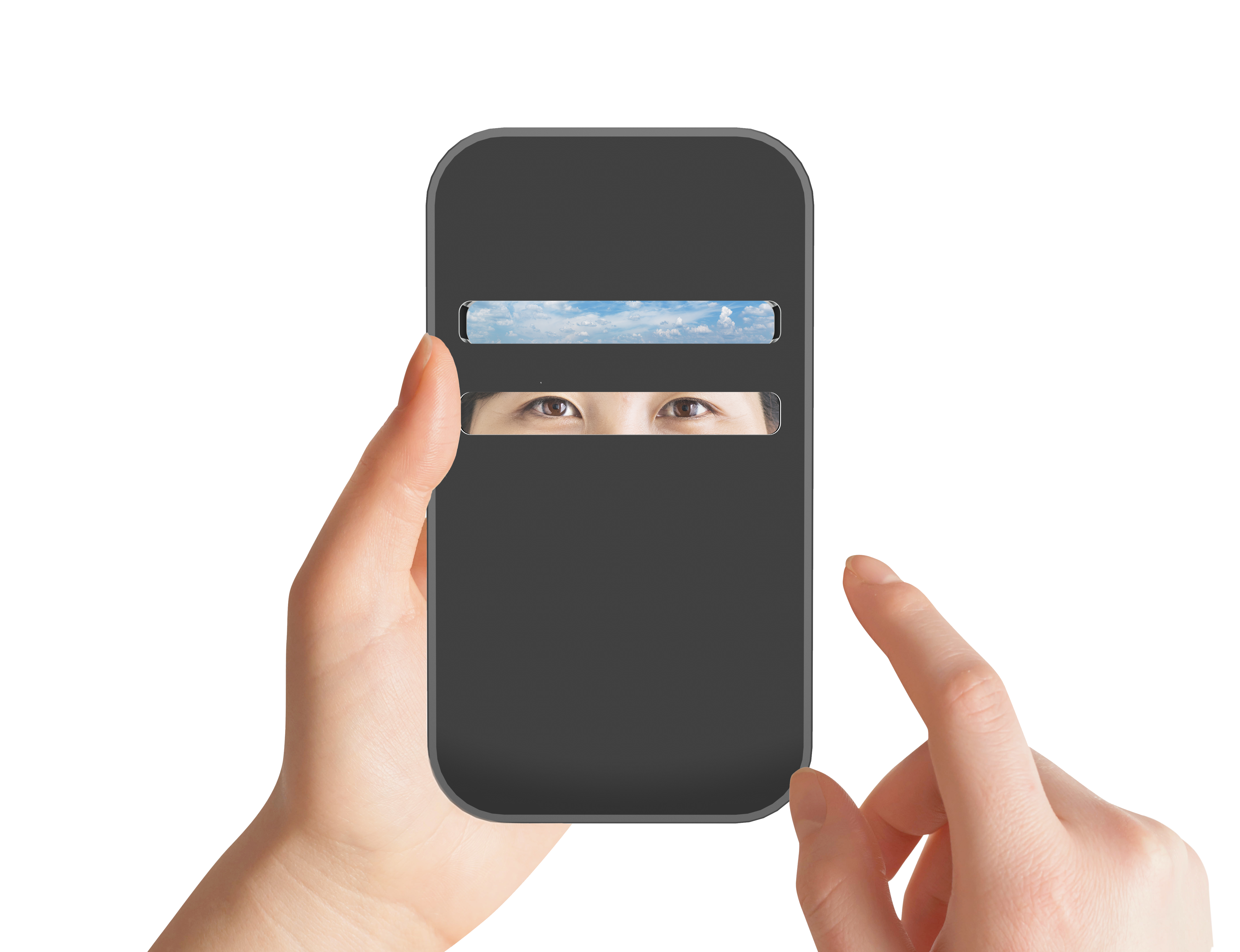Three Meditations on the Computer Passwords
Zichen Yuan
Advisor: Simone Salvo
Entertaining with the effects, experiences, and historic anecdotes of the computer passwords, I prescribe the chronically-online three meditations to relieve the soreness from being deeply bonded with the digital.

Abstract
Computer password is the bonding agent between the digital and the real. Ever since its first application at MIT’s Compatible Time-Sharing System in the 1960s, which laid the foundation for networked computing, computer logins have grown smoother in its experience and deeper into our cognitive functions. It is almost nothing like a key for a lock but serves as an interface, an etiquette, a system of control, or perhaps an accelerant for ideologies. In this login-mediated network, we have gone from a society that trusts to one that authenticates, from one that eavesdrops to one that mind-your-own-business. This ever growing urge to be ever more authentic to the digital is starting to feel like a deadly dread. Through logins, the vectoralists make sense of us, the digital adheres to the real, what I am differentiates from who you are. As the computers become stickier to our skins (and in some cases go under), our identities dictate what we have access to and what represents us.
Three meditations and unfortunately no way out of the digital login interface is offered here to mediate the soreness caused by the chronic bonding with the digital: a metaphor, a direction for a performance, and a sculpture (maybe called a device or an interface).

Technical Details
**A metaphor**
The metaphor draws the model of a car wheel. The password interface acts as the static friction; The real world is the asphalt, and the drivetrain is the digital. Without the password interface to authenticate the users and provide a “private” setting for the users to behave consistently, the data collected, or, in other words, the measurements taken by the digital network becomes chaotic and disorderly. This absence of friction would cause a slip between the wheel and the ground – a disjoint between the digital and the real – rendering the data landscape useless and worthless. No matter how much power is exerted, the wheel spins and goes nowhere. With friction, the wheel rolls and propels the vehicle toward the direction pointed by the driver – or a vector, drawing on McKenzie Wark’s definition of the vectoralist class – these are the capitalists or even feudalists of cloud capitalism: the Google, Apple, Microsoft alike. Taking out the static friction all of a sudden, the car spins out of control, whether unintentionally like stepping on top of a patch of ice, or perhaps strategically like a drifting driver performing a stunt, seemingly out of control and dangerous, yet exciting and gives way to a surprising new direction.
**An instruction for a performance**
A letter-sized paper illustrates a few steps to conduct a performance that undermines (or poke fun of) the skin detection feature of smartwatches (Apple Watch in this case). As designed, an Apple watch user is prompted to enter a password when putting on the device. The device remains unlocked until it detects being removed from the user’s skin. The performance invites the wearer of the device to hold hands with another person to form a continuously detectable area of skin. Then, the two participants carefully move the watch along the surface of their bodies to migrate the device to the limb of the second wearer. If done successfully, the device should remain unlocked, and the new wearer should now have access to the original wearer’s Apple Pay wallet, computer logins, and many more credentials enabled by the Apple Watch.
**An analog login device, or a sculpture**
A handheld device dimensioned similarly to a popular smartphone consists of two windows, echoing that of a commonly found login window: username and password. The one above houses a mirror that is positioned at a 45 degree angle, providing a peek into the surroundings such as the “cloud” or another human being. The window below consists of another mirror that directly reflects into the eyes of the user. The handheld device acts as an interface to mediate the connection between individuals and the “cloud”.

Research/Context
To be updated later.